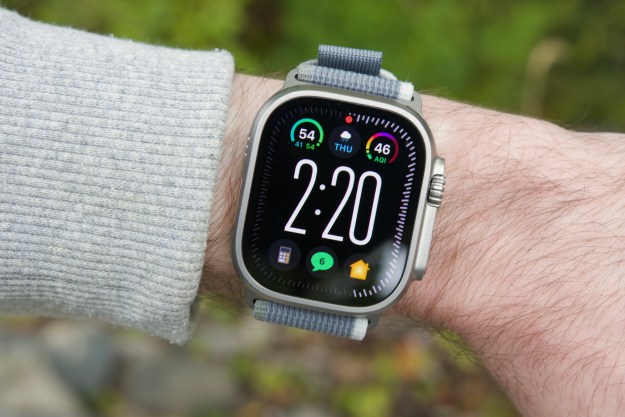
Finding Rover is an app for mobile and web that lets you upload a picture of your dog, and uses facial recognition to separate your mutt’s mug from others that look like him, but aren’t him. The app reports 98 percent accuracy. All you need is a front-facing shot of your pet that catches a good image of their eyes and nose, the most important features in figuring out whose face is whose. The app then searches photos in the location range to find a matching pet.
The automatic search range is five miles, but users can extend that to 2,000 miles if they think their dog might have roamed far afield. People who find a lost dog can take a photo either within the app or from their photo album and upload it to Finding Rover. The app will compare it to photos uploaded by shelters or users that have found (as opposed to lost) a dog.
The app will notify the owner of possible matches via a social media photo alert or push notification. Digital lost-and-found dog posters appear on an interactive map in real time. The owner can then contact the caring soul that found their pet and arrange for pick-up.
The Oakland Press spoke to Bob Gatt, manager of the Oakland County Animal Control Division (OCACD), who said “Finding Rover will revolutionize how we return lost dogs to their owners. We really encourage every dog owner to upload a photo of their dog to this free app.”
OCACD plans to register every dog that comes into the shelter on Finding Rover, making it easy for people to search for their lost pets. People looking to adopt can also search these photos for a likely new friend as easily as people trying to find an old one.
Lost dog posters hanging on a bulletin board struck a chord with John Polimeno, CEO and founder of Finding Rover, and he made the connection with the people around him — who were all engrossed in their phones. He spent more than two years working with the University of Utah software development center creating Finding Rover’s proprietary facial recognition tech. He launched Finding Rover on the Apple store in late 2013, and followed with Android and web versions in early 2014. Specialists maintain the Finding Rover software on a daily basis, and people add dogs every day.
“We want to do everything we can to safeguard our dogs from being lost forever,” Polimeno said. “A dog is a beloved family member, and if he or she goes missing, it can be devastating to everyone involved.”
According to CBS Miami, five people have already found their dogs thanks to Finding Rover. Miami-Dade Animal Services was the first shelter in Florida to hop on board with the free app. The county began uploading its database of dogs in March. The first dog to be reunited with her owner was discovered already waiting in the shelter. Montgomery Country Animal Resource Center in Dayton, Ohio partenered with Finding Rover in July, and one of their recent success stories reunited a dog with his owner the same day that owner discovered the dog missing.
Finding Rover is now available in the U.S., Canada, New Zealand and Australia, with more countries to come. After reaching out to Finding Rover, DT learned they’re hard at work on applying the technology to cats, and will keep us up to date on the new release.
Editors' Recommendations
- How to find your lost AirPods using the Find My app
- Your iPhone can now guide you to your lost AirPods Pro
- Can an app help your kids to sleep? I tested Moshi Twilight to find out






